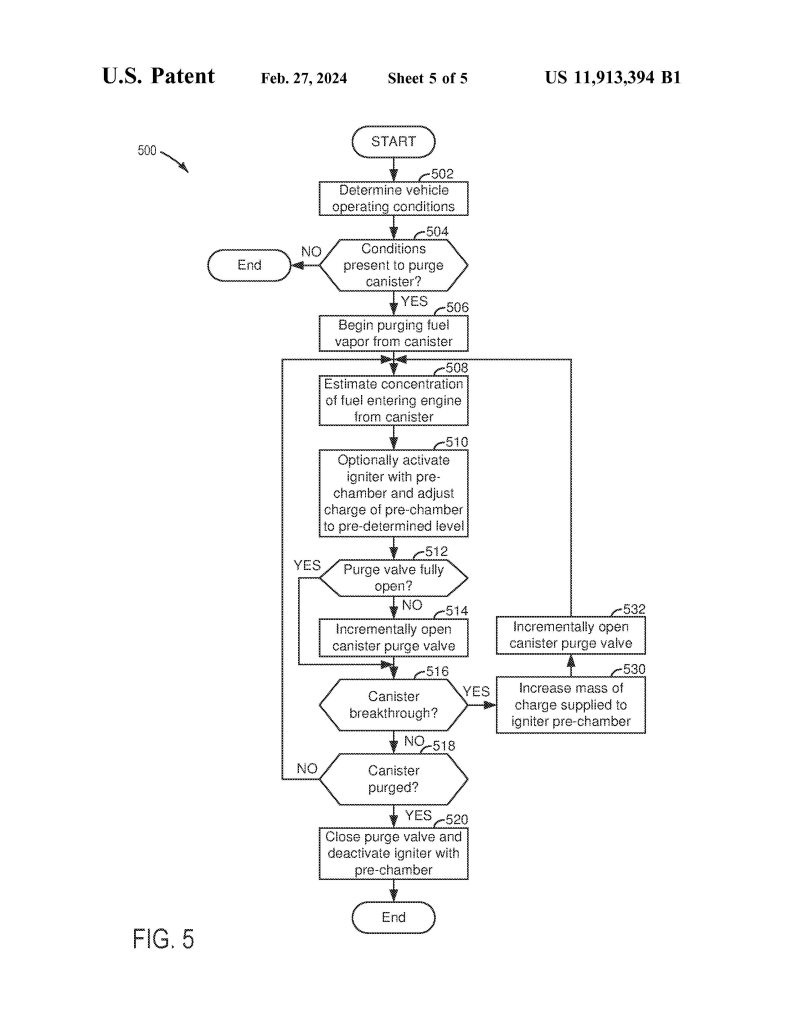Engineers at Ford have filed a patent for a pre-combustion system that could dramatically reduce emissions and, as a result, earn a reprieve for petrol-powered cars in an era of on-going electrification.
You might want to grab a coffee at this point as it’s going to get pretty technical. The idea is to take the gases captured by a positive crankcase ventilation system, or other evaporative emissions system, and cycle them into a pre-combustion chamber, instead of storing them in a carbon-filled canister, and periodically purging back into the intake, as is convention.

In traditional PCV systems the rate at which emissions are generated can sometimes exceed the purge rate and, when this happens, the gases are vented to the atmosphere, which rather defeats the object of the exercise. The Ford system makes much better use of any unburnt fuel coming through by channeling the vapours into a pre-chamber with an igniter.
“In particular, the approach may reduce an amount of time it takes to purge a carbon filled canister of fuel vapours,” reads the filing with the United States Patent and Trademark Office. “Additionally, the approach may improve combustion stability during purging of fuel vapours. Further, the approach may reduce evaporative emissions by increasing fuel vapour flow during conditions of hydrocarbon breakthrough of the carbon filled canister.”


Overall the system could lead to a more efficient fuel burn, potentially increasing power as well as reducing emissions. As an added benefit the buildup of carbon deposits on valves from unburnt fuel would also be reduced, improving engine longevity.
Obviously it’s early days and the system could prove too complex and expensive to manufacture, especially when the Blue Oval is investing heavily in electrification. However, it’s still good to see that Ford hasn’t given up on the power of combustion just yet.









